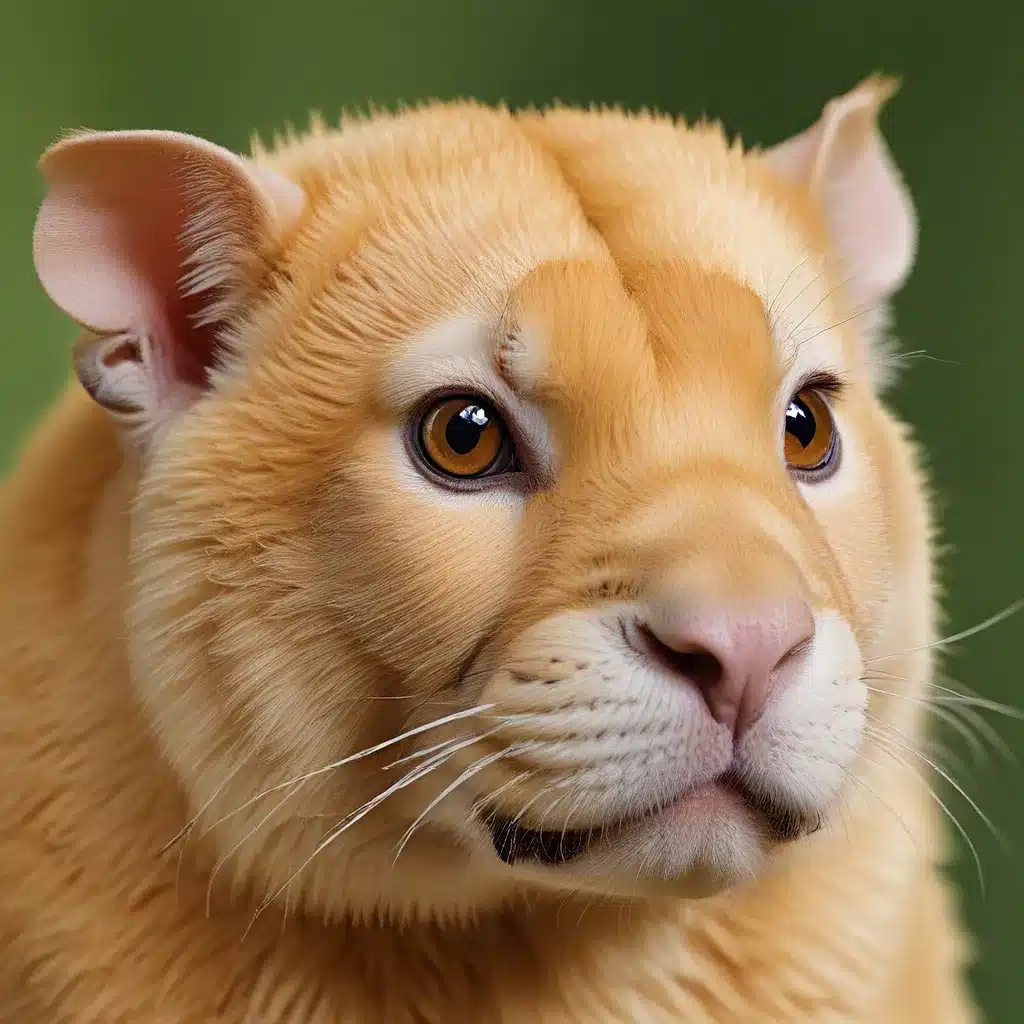
Ah, the joys of exotic pet ownership! From the slithery snakes to the scaly lizards, these captivating creatures have a special way of capturing our hearts. But, my fellow exotic enthusiasts, let me let you in on a little secret – the key to their health and happiness lies not just in the critters themselves, but in the very environment they call home.
Mastering the Microclimate
Imagine your exotic pet’s enclosure as a small-scale ecosystem, complete with its own unique set of environmental factors. Much like a tropical rainforest or a desert oasis, the temperature, humidity, and air quality within this mini-world can make all the difference in the well-being of your scaled, feathered, or furry friend.
Temperature control is an absolute must. Different species thrive in different thermal ranges, and getting it just right can be a delicate balancing act. Too hot, and your pet may become stressed and dehydrated; too cold, and they could fall victim to life-threatening hypothermia. As the experts at VMA Everett so eloquently put it, “Maintaining the appropriate temperature is crucial for the health and comfort of exotic pets.”
But temperature is just the tip of the iceberg. Humidity levels are equally important, as they can impact everything from respiratory function to skin condition. And don’t forget about air quality – poor ventilation can lead to the buildup of harmful ammonia and other gases, putting your pet’s well-being at risk.
Designing the Dream Habitat
Now, you might be thinking, “Whoa, that’s a lot to keep track of!” Fear not, my fellow exotic enthusiasts, for with a little bit of know-how and some creative flair, you can create a veritable oasis for your captivating critters.
First and foremost, research, research, research. Become a veritable expert on the specific needs of your pet’s species. Head to the Golden Exotic Pets website and dive into their wealth of information, or consult with your local exotic vet, like the rockstars at Liverpool Veterinary Clinic. The more you know, the better equipped you’ll be to create the perfect micro-environment.
Next, get creative with your enclosure design. Think beyond the basic tank or cage, and consider innovative ways to incorporate the right temperature, humidity, and air flow. Strategically placed heating elements, water features, and fans can work wonders. And don’t forget the little details, like hiding spots and enrichment activities – these can go a long way in keeping your pet mentally and physically stimulated.
Observing and Adapting
But the journey doesn’t end there, my friends. Maintaining the optimal environment for your exotic pet is an ongoing process, one that requires vigilance and a willingness to adapt.
Regularly observe your pet’s behavior and physical condition. Are they acting lethargic or stressed? Do they seem to be having respiratory issues? These could be signs that something in their habitat needs adjusting. And don’t be afraid to make changes, even if it means trial and error.
Remember, your pet’s well-being is the top priority. If something’s not working, don’t hesitate to tweak it until you find the perfect balance.
The Payoff: Thriving Exotics
Ah, but when you get it right, the rewards are truly something to behold. Imagine your exotic pet basking in the perfect temperature, breathing in the ideal humidity levels, and reveling in the fresh, clean air. They’ll be practically bouncing off the walls (or, you know, calmly pacing their enclosure) with vibrant health and boundless energy.
And let me tell you, there’s nothing quite like the sense of pride and accomplishment that comes with creating a thriving, harmonious habitat for your captivating critter. It’s like being a master terraformer, sculpting a tiny world that caters to your pet’s every need.
So, my fellow exotic enthusiasts, embrace the challenge, dive headfirst into the world of environmental optimization, and watch your beloved pets flourish. After all, healthy, happy exotics are the ultimate goal, and with a little bit of effort, you can make that dream a reality.

